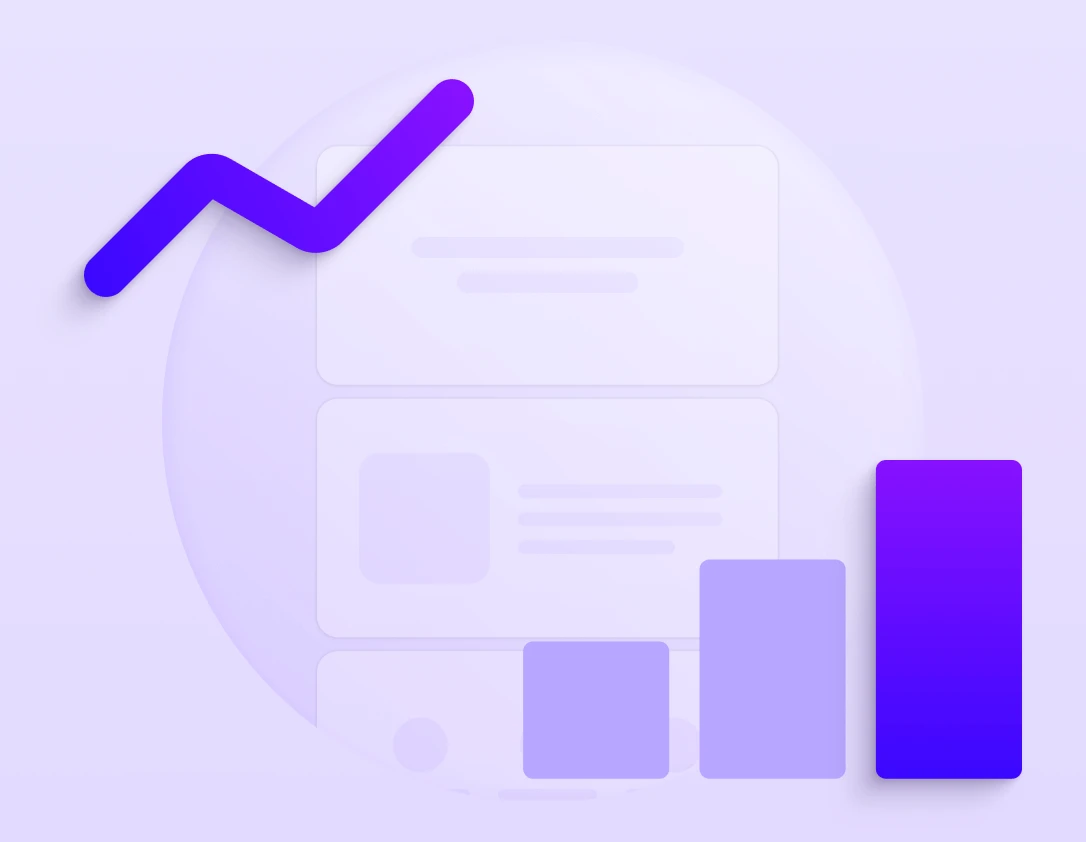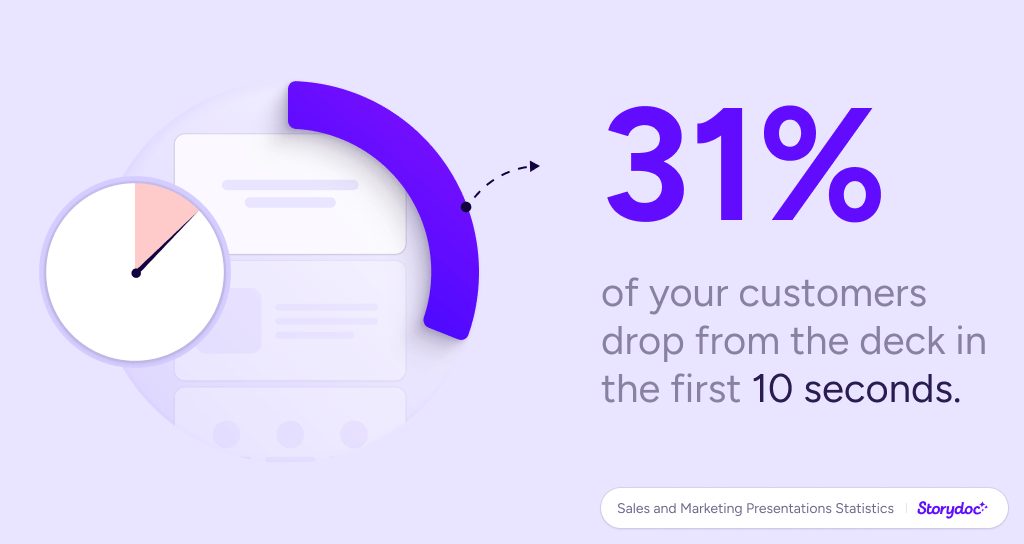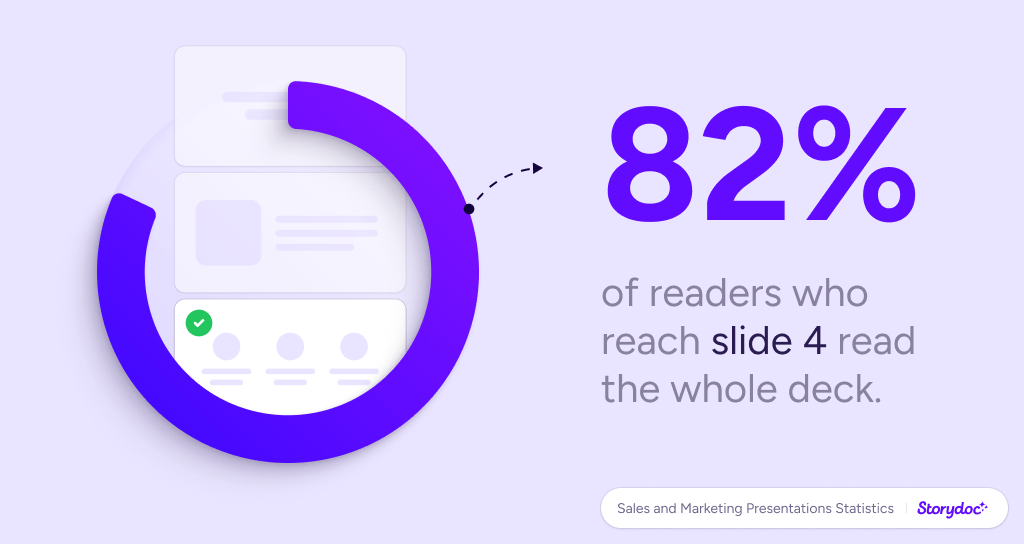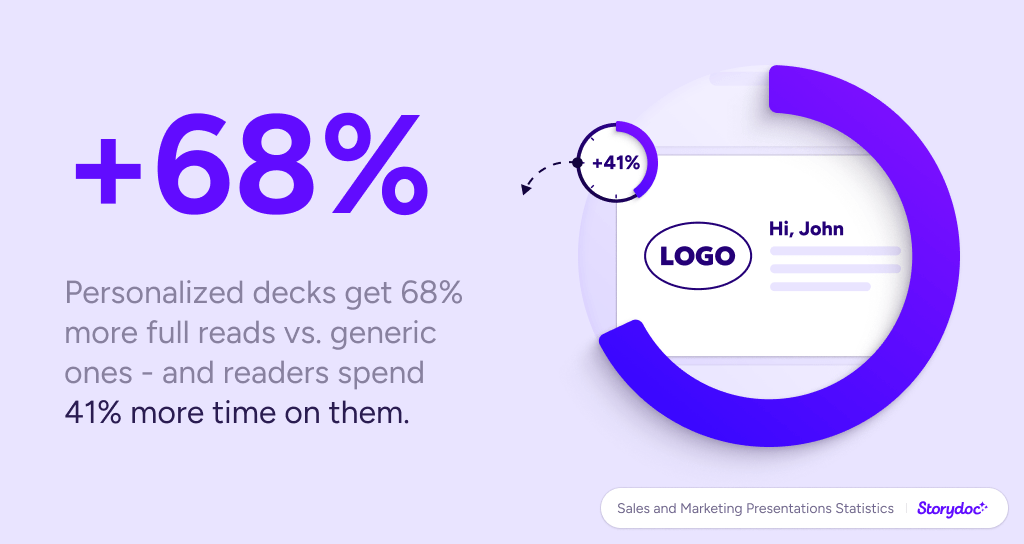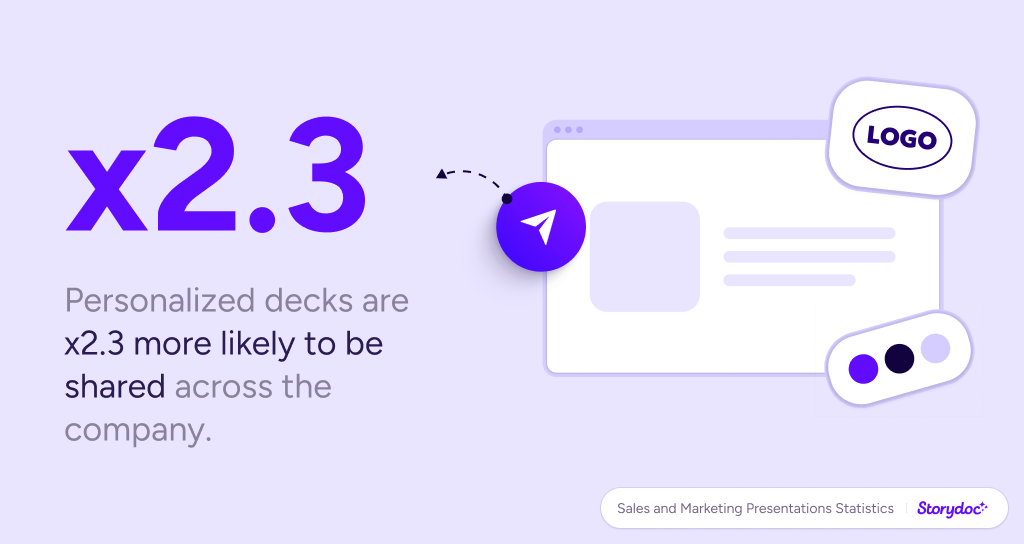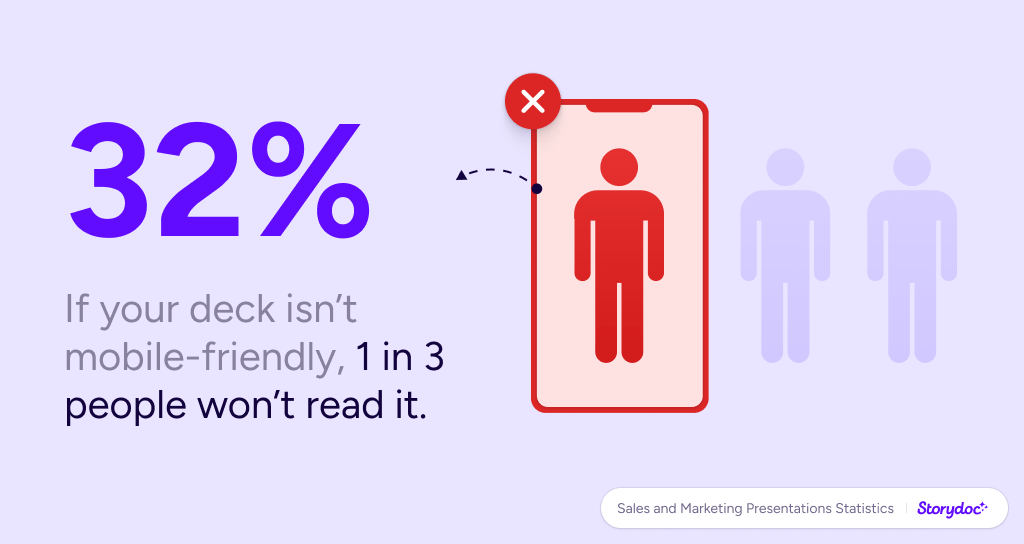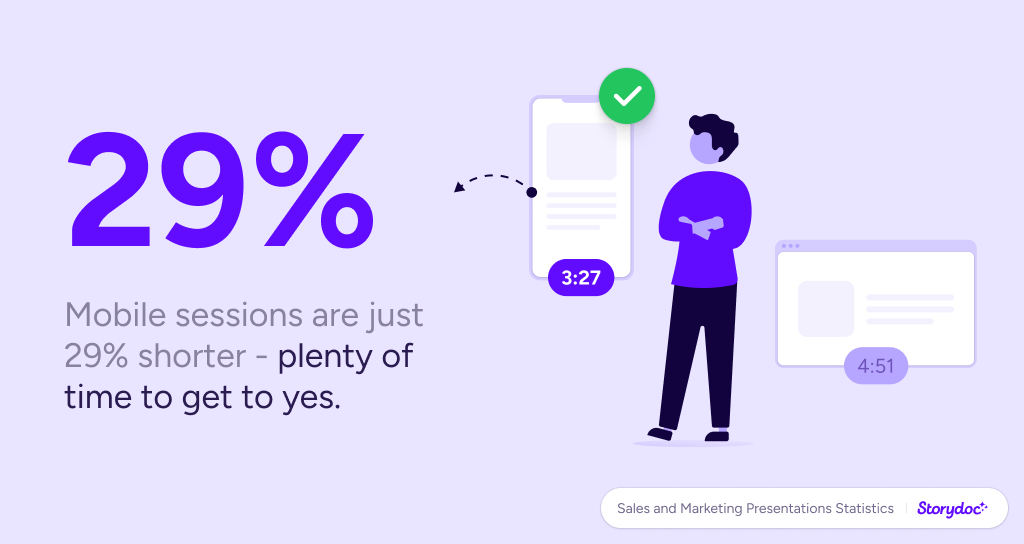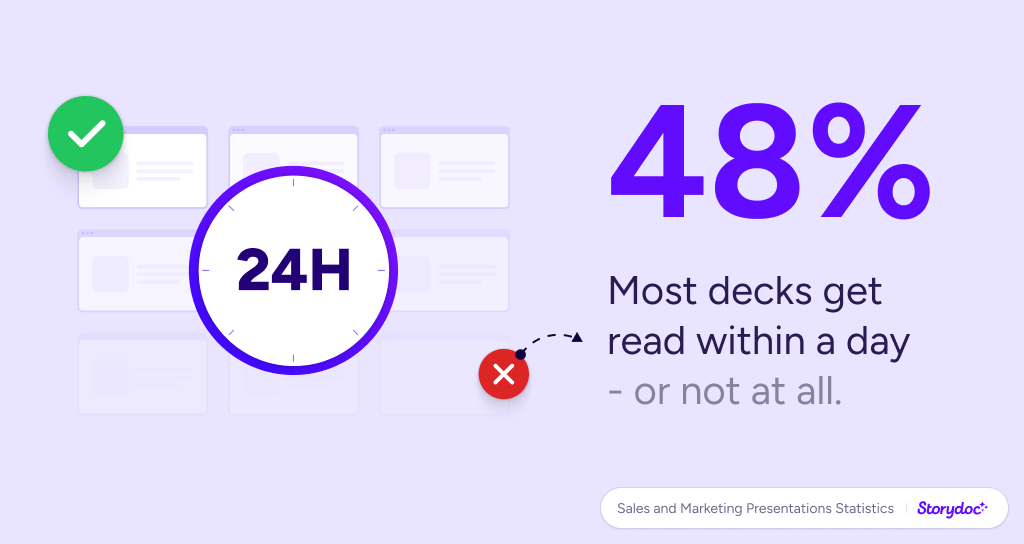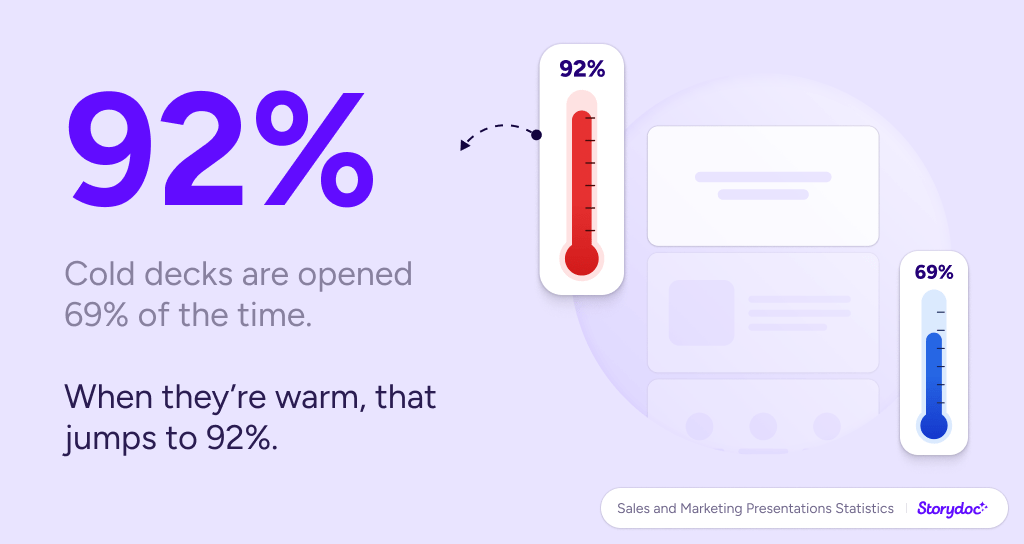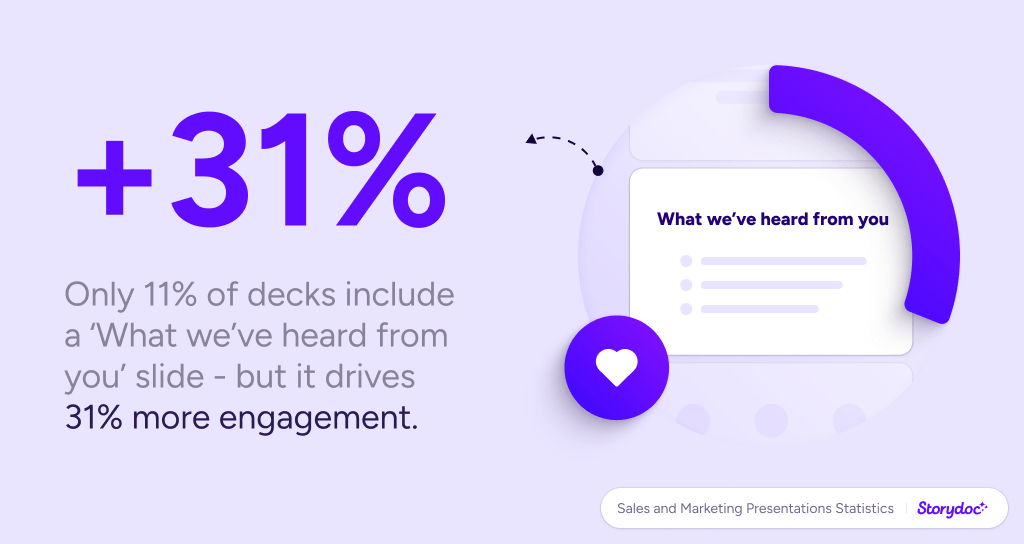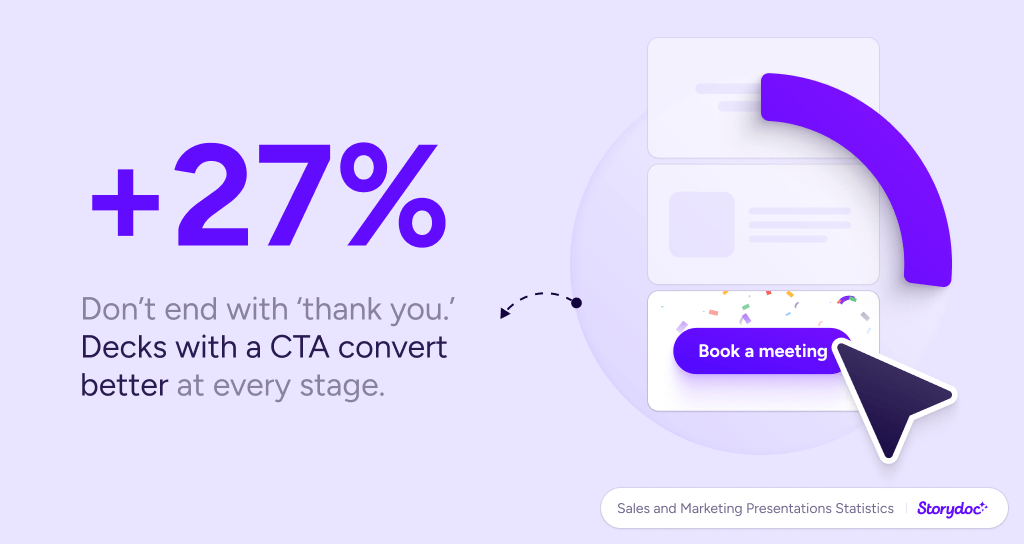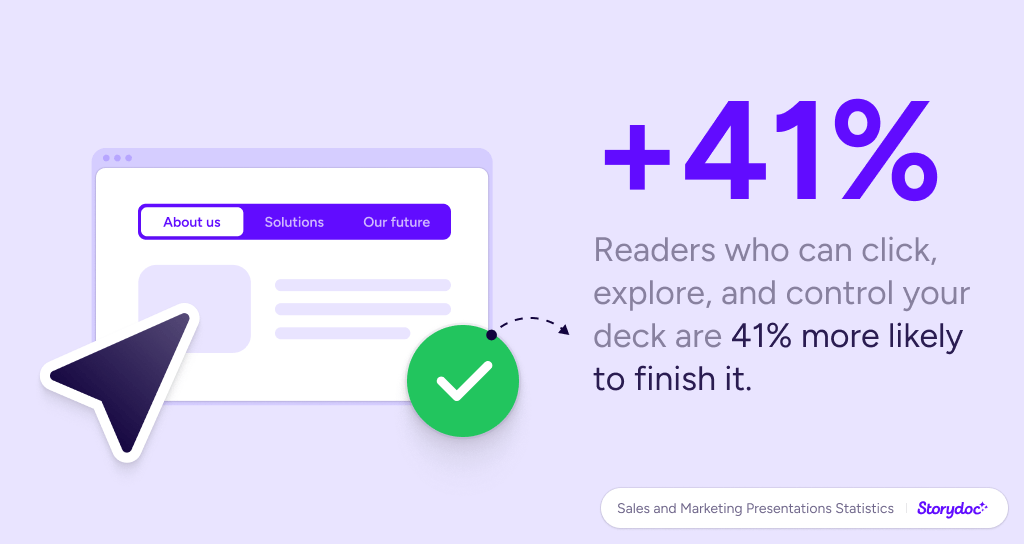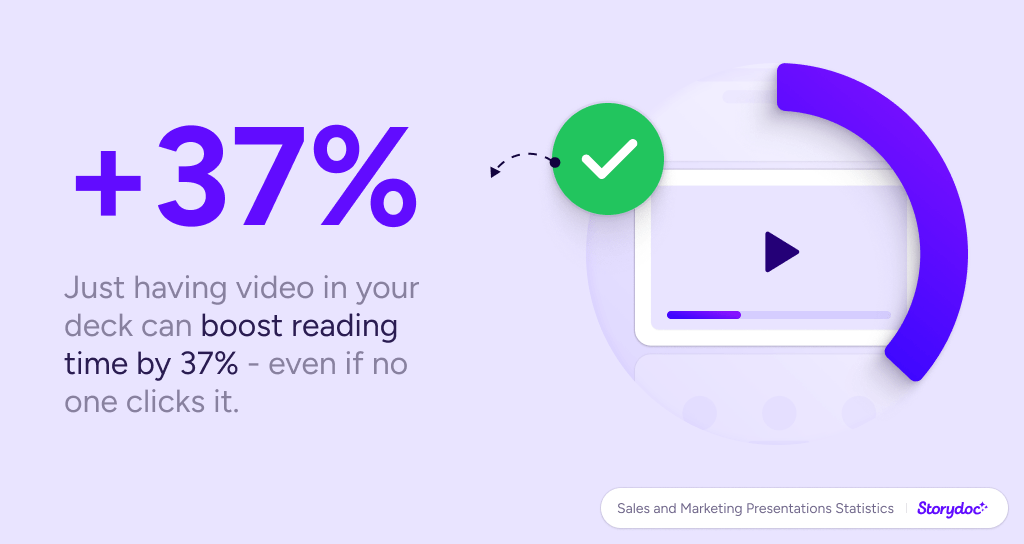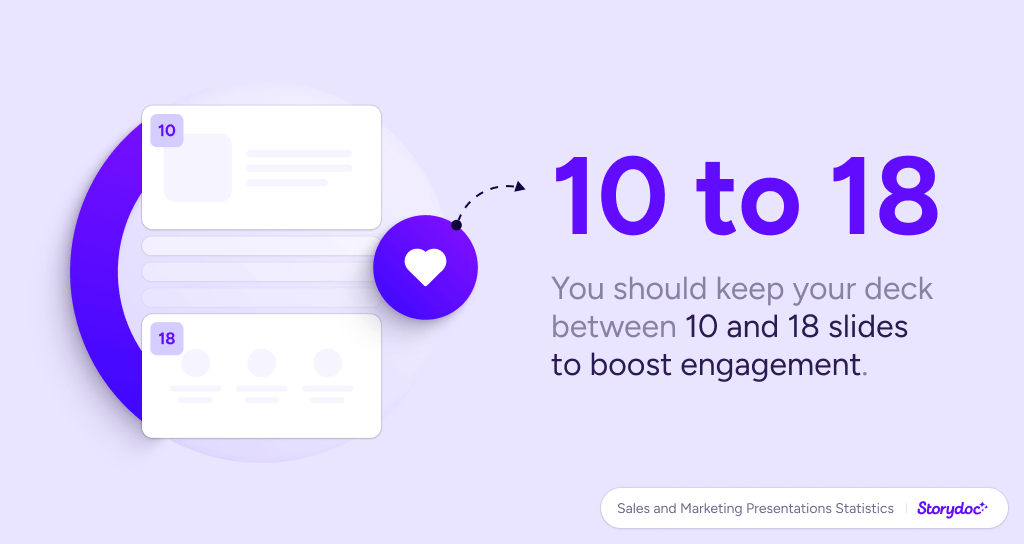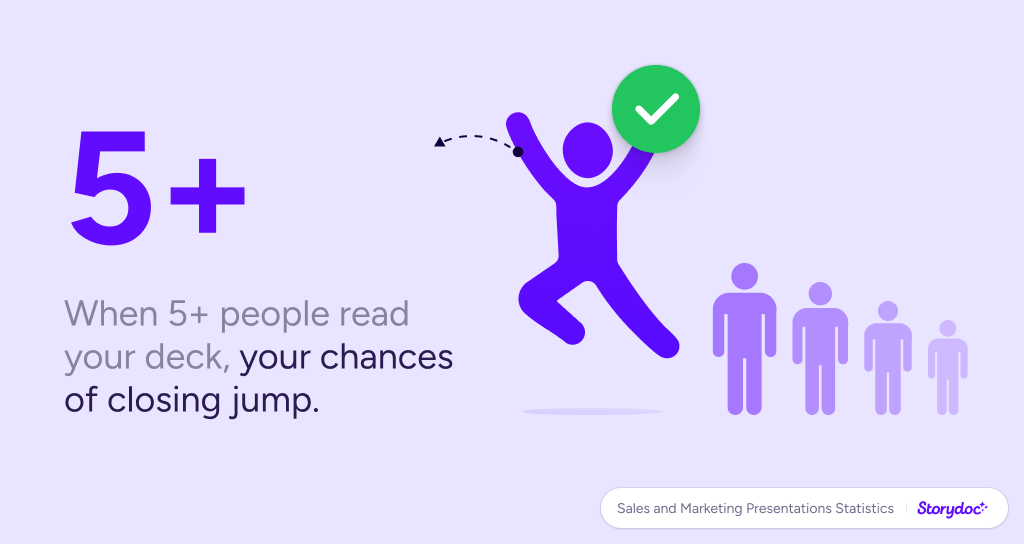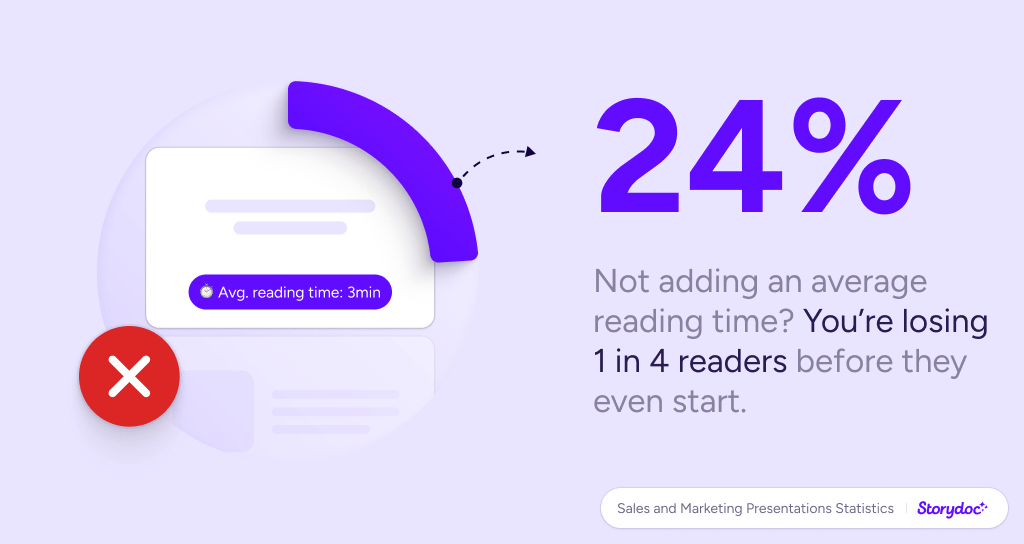Methodology and limitations
Our study is based on the analysis of readers’ behavior across over 1.3 million reading sessions made through over half a million unique business presentations and slide decks created with Storydoc.
We only included live versions of the Storydoc pages in the analysis: all the data comes from real sales and marketing presentations our customers sent to their prospects.
Unless clearly stated otherwise, the comparisons made in this analysis are based on the data for all presentations featuring a certain element versus all those without it (e.g. all presentations with a video in their cover slide vs. all presentations with a static cover).
For the data regarding the reading time, upper outliers have been removed from the analysis so that accidental reading sessions of a few hours don’t skew the averages. Where possible and statistically suitable, medians were used instead of averages to better represent the data.
The presentations and slide decks analyzed in this study were used across many different industries, organization sizes, and use cases.
Considering the size of our sample, the data can be generalized to all kinds of marketing and sales collateral documents - from pitch decks, proposals, and QBRs, to outreach brochures, one-pagers, and case studies.
